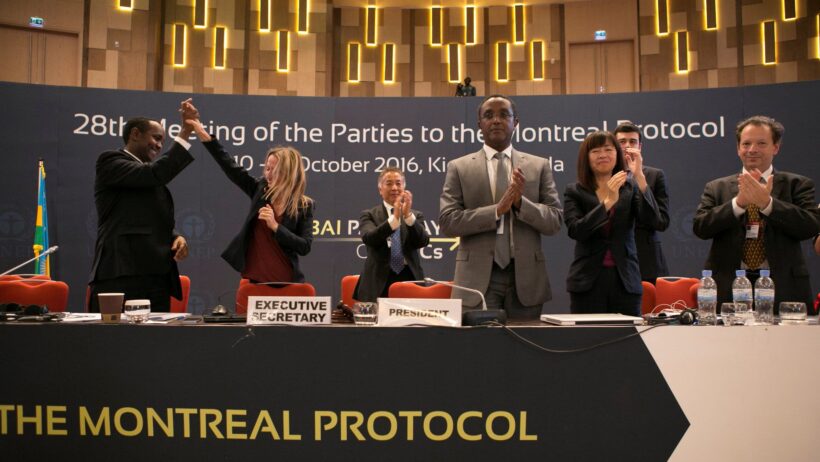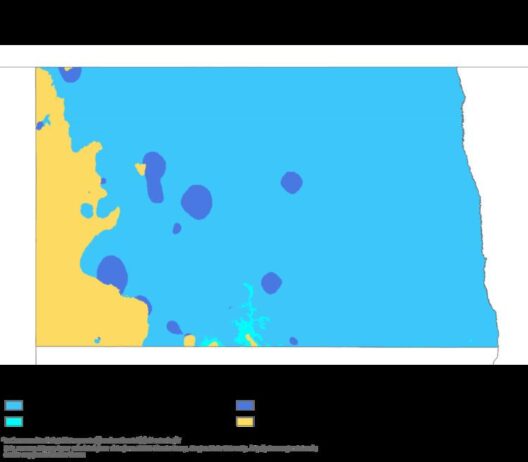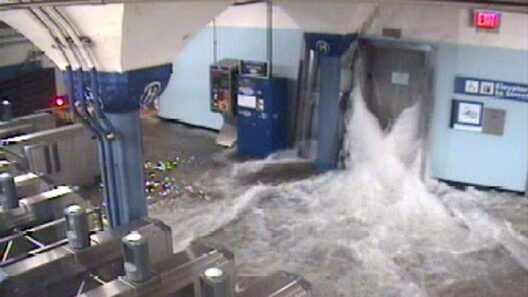The Montreal Protocol, adopted in 1987, has been widely hailed as a significant achievement in international environmental governance. Its primary objective was to phase out substances that deplete the ozone layer, notably chlorofluorocarbons (CFCs) and halons. While its immediate goal was the protection of the ozone layer, one cannot overlook its implications for global warming. This article elucidates the protocol’s impact on climate change, evaluates its successes and shortcomings, and explores whether it has indeed addressed the broader issue of global warming.
The ozone layer, located high in the Earth’s atmosphere, acts as a shield by filtering out harmful ultraviolet radiation from the sun. The Montreal Protocol emerged in response to alarming scientific evidence indicating that certain human-made chemicals were depleting this vital layer. As countries rallied around the protocol, they committed to reducing and eventually eliminating the production and consumption of these ozone-depleting substances (ODS). The outcomes were not only beneficial for the ozone, but the protocol inadvertently contributed to mitigating climate change. This leads to a critical question: did it address the problem of global warming?
To understand the interplay between ozone depletion and global warming, it is essential to recognize that many ODS are potent greenhouse gases (GHGs). CFCs and other halogenated gases, while primarily known for their ozone-depleting potential, also possess a high global warming potential (GWP). For instance, some CFCs may have a GWP over 10,000 times that of carbon dioxide over a 100-year period. By phasing out these substances, the Montreal Protocol effectively curtailed the emission of various GHGs, thus contributing to the reduction of warming potential.
According to the United Nations Environment Programme (UNEP), the Montreal Protocol is expected to have averted an increase in global warming by about 0.5°C, a significant contribution considering that even small changes in global temperatures can trigger severe climatic consequences. Furthermore, the protocol’s success has ultimately been attributed to its robust framework—characterized by regular reviews and adjustments, financial and technical assistance for developing countries, and multitiered compliance mechanisms.
However, while the Montreal Protocol stands as a testament to global cooperation, it is imperative to scrutinize its limitations in the context of climate change. The reduction of ODS, although commendable, does not address the predominant drivers of global warming—namely, carbon dioxide (CO2) and methane emissions. These emissions stem primarily from fossil fuel combustion, deforestation, and agricultural practices. Unlike ODS, these GHGs have not been directly targeted by the Montreal Protocol. Thus, while the ozone layer may be recovering as a result of the protocol’s implementation, the specter of climate change continues to loom ominously.
The negotiations surrounding the Montreal Protocol also marked the inception of a broader discussion on global environmental governance. In subsequent years, the Paris Agreement emerged as a crucial framework aimed at limiting global temperature rise by reducing GHG emissions. This treaty addressed a wider spectrum of climate issues, emphasizing the need for immediate action toward decarbonization and sustainable development. Yet, the success of the Montreal Protocol may forge a path for the current climate action inertia—it establishes a precedent for collective action that other treaties can emulate.
Moreover, the protocol’s implementation has facilitated the technological transition towards alternative substances. Hydrofluorocarbons (HFCs), introduced as substitutes for CFCs, posed new challenges as they also exhibit significant GWP. Recognizing this, the Kigali Amendment to the Montreal Protocol, adopted in 2016, aims to phase down HFCs. As nations commit to reducing these substitutes, there is hope that the original successes of the Montreal Protocol can be replicated, thereby yielding additional climate benefits.
Nevertheless, climate change remains a complex phenomenon, exacerbated by various factors including socio-economic disparities, governmental policies, and industrial reliance on fossil fuels. While the Antoine-Laurent de Lavoisier principle posits that ‘nothing is lost, nothing is created, everything is transformed’, it rings true with respect to greenhouse gases. The shift away from ozone-depleting substances did not extend to an overarching combat against climate change, necessitating multi-faceted approaches across different sectors. Comprehensive climate solutions must incorporate renewables, energy efficiency, and carbon capture technologies alongside international agreements.
In conclusion, the Montreal Protocol has undoubtedly made strides in addressing the dual concerns of ozone depletion and global warming. Its measures have led to an impressive reduction of ODS and have indirectly contributed to mitigating climate change by averting an increase in global temperatures. While the protocol is celebrated as a cornerstone of international environmental law, the challenges posed by CO2 and methane emissions remain pressing. As such, it is integral that the spirit of cooperation and commitment fostered by the Montreal Protocol be harnessed to forge comprehensive climate strategies that holistically address the global warming challenge. While the Montreal Protocol laid the groundwork, the road ahead requires an unwavering dedication to climate action in isolation and concert with other critical environmental concerns.







